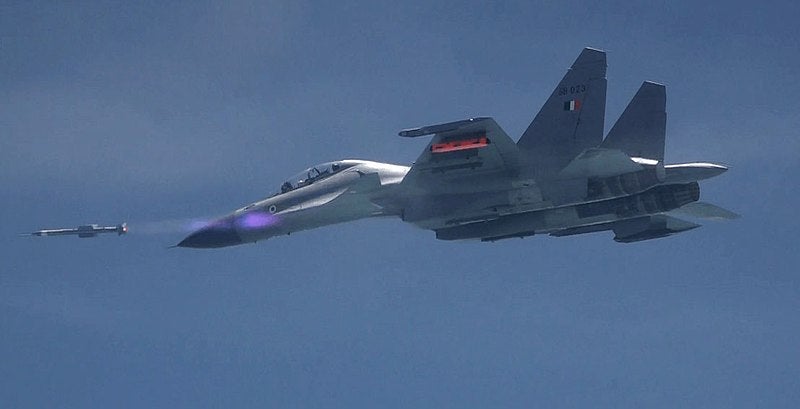SOURCE: AFI


India’s Astra MkI Beyond-Visual-Range Air-to-Air Missile (BVRRAM) has garnered global interest, and there is a growing desire among several countries to integrate it onto their Su-30 platforms. However, this integration presents a complex challenge due to the diverse variants of the Su-30 and the proprietary technologies involved.
The Su-30 aircraft, produced by Sukhoi in Russia, comes in various configurations, each with its own specific radar and mission computer systems. These differences, often based on the older MK or newer SM variants, can significantly impact the integration process. While India’s Su-30MKI variant was relatively straightforward due to its indigenous mission computers and access to the radar’s source code, the situation is more complicated for other operators.
Countries like Vietnam, Armenia, Indonesia, and Malaysia, which have expressed interest in the Astra MkI, operate different Su-30 variants manufactured by two separate Russian companies. These variants often have distinct radar and mission computer systems, making integration more challenging.
To successfully integrate the Astra MkI onto these Su-30 platforms, India would need either access to Russia’s proprietary technology or a commitment to replace the existing mission computers and radars. Both options present significant hurdles. Obtaining access to Russian proprietary technology would require complex negotiations and potential licensing agreements. Replacing the mission computers and radars with Indian ones would be a costly and time-consuming endeavour for the operators.
Unless these challenges are addressed, the integration of the Astra MkI BVRRAM onto Su-30 platforms in countries like Vietnam, Armenia, Indonesia, and Malaysia will remain a complex and uncertain proposition. The successful resolution of this issue will depend on the willingness of Russia to cooperate and the ability of India to provide viable solutions for the integration process.